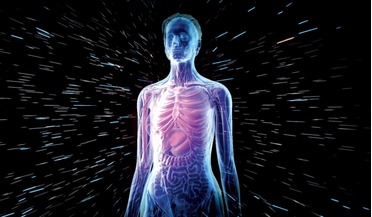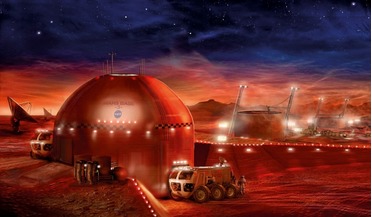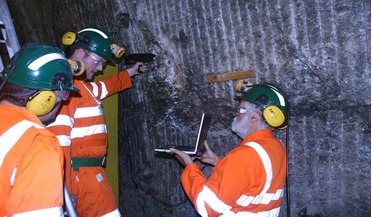 October 2018
Sustainable ways of living on the Moon and Mars
October 2018
Sustainable ways of living on the Moon and Mars
... soil will be vital for protecting future research bases and colonies from both solar storms and cosmic rays, plus micrometeoroids. Working with diggers and excavators in the harsh airless worlds will require great astronaut...
 October 2018
Radiation study paves way for safe deep space exploration
October 2018
Radiation study paves way for safe deep space exploration
... to the Moon or Mars face three sources of naturally occurring radiation which can threaten their health: galactic cosmic rays (GCR), solar particle events (SPE), and trapped radiation in the Van Allen belts. Depending on a variety of factors...
 April 2020
Evolutionary lessons for an interplanetary future
April 2020
Evolutionary lessons for an interplanetary future
... protected from space radiation by the Earth’s magnetosphere. Mars has no magnetosphere and a very thin atmosphere, so galactic cosmic rays, solar particles, and ultraviolet radiation hit its surface at nearly full strength. All serious designs for...
 January 2023
Asgardia expands its reach
January 2023
Asgardia expands its reach
... to protect the female body from the negative factors associated with being in space, including zero gravity, cosmic rays and long-term isolation. On 4 November 2021, as part of a cooperation agreement with the Institute of Biomedical Problems of the...
 September 2023
A multifaceted approach to space sustainability
September 2023
A multifaceted approach to space sustainability
...space environment is a harsh operating environment in which spacecraft are subjected to a number of hazards, such as space weather, cosmic rays and meteors. In addition to the natural hazards of space, there are anthropogenic hazards and threats such...
 28 September 2016
Yorkshire mines to help shed light on life on Mars
28 September 2016
Yorkshire mines to help shed light on life on Mars
.... Past projects at the mine have ranged from the search for Dark Matter in the Universe, to studies of cosmic rays and climate. Now astrobiology and life in extreme environments can be added to the impressive list, as Peter Edwards...